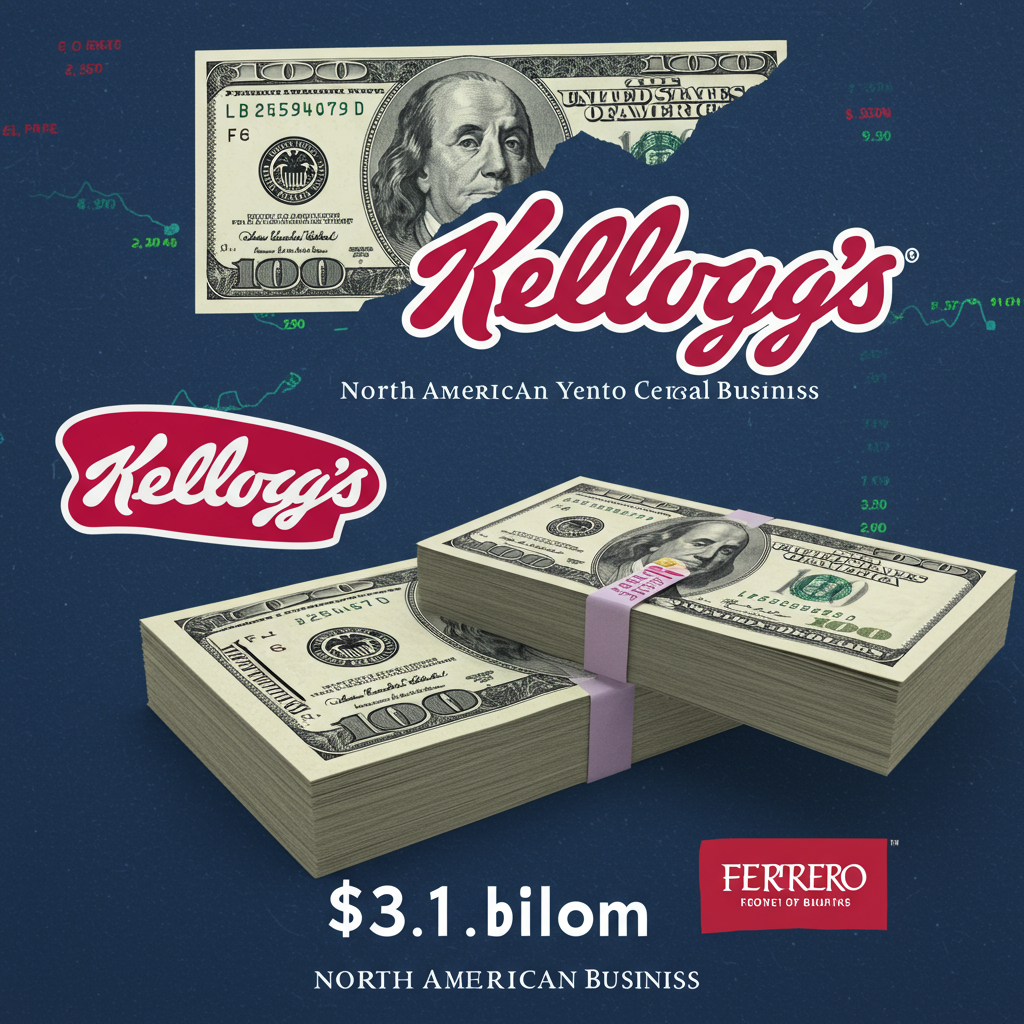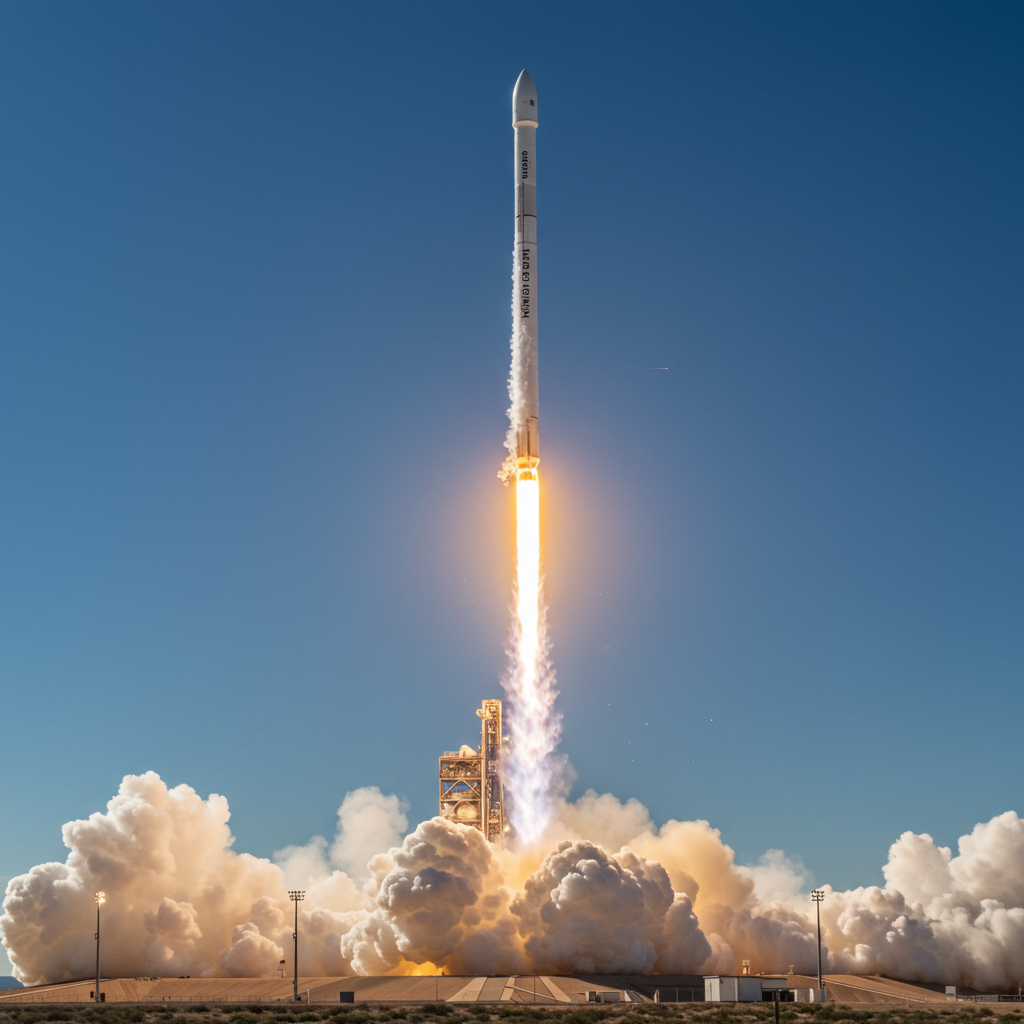The global food landscape is witnessing a significant shift. Italian confectionery titan Ferrero, the company behind beloved brands like Nutella and Ferrero Rocher, is poised to acquire a major slice of the American breakfast market. They have announced plans to purchase the North American cereal business of Kellogg, known as WK Kellogg Co, in a substantial $3.1 billion deal. This strategic move would unite iconic brands from two continents under one corporate roof.
This acquisition represents a powerful convergence of sweet treats and morning staples. Consumers could soon see the maker of Nutella joining forces with the producer of household names such as Frosted Flakes, Froot Loops, Rice Krispies, and Kashi. The agreement highlights the dynamic nature of the modern food industry and the ongoing consolidation among its major players.
A Sweet Deal for Shifting Times
The $3.1 billion transaction focuses specifically on WK Kellogg Co, the entity spun off from Kellogg’s parent company approximately two years ago to handle its North American cereal operations. Gary Pilnick, the CEO of WK Kellogg Co, expressed optimism about the future under Ferrero. He stated that aligning with Ferrero would grant WK Kellogg Co enhanced resources and greater flexibility. This is crucial for nurturing and expanding its celebrated cereal brands within today’s highly competitive and constantly changing market environment.
This significant deal unfolds against a backdrop of evolving consumer purchasing habits across the United States. American shoppers are increasingly adapting their buying behaviors. Many are gravitating towards more affordable store-brand cereals and snacks. Simultaneously, there is a growing trend towards opting for healthier food alternatives. These shifts present challenges for established brands like those under the WK Kellogg Co umbrella.
The competitive pressure and changing preferences have impacted WK Kellogg Co’s performance. The company recently reported a dip in sales figures. This led to a revised, lower financial forecast for the year. In response to market demands and health trends, WK Kellogg Co has also been actively working to eliminate artificial dyes from its product formulations. The Ferrero acquisition could inject needed capital and strategic direction to navigate these complex market dynamics.
Ferrero’s Hunger for American Growth
For Ferrero, this acquisition marks a crucial stride in its ambitious strategy for expanding its footprint across North America. The family-owned Italian company, founded nearly 80 years ago, has been on a deliberate quest to bolster its presence in the U.S. market through targeted acquisitions. The WK Kellogg Co deal is the latest in a series of significant purchases aimed at achieving this goal.
In recent years, Ferrero has already made substantial inroads into the American food sector. The company acquired the ice cream maker Wells Enterprises, adding popular brands like Blue Bunny and Halo Top to its portfolio. Furthermore, Ferrero previously purchased Nestle’s U.S. chocolate business. This brought iconic American candy brands such as Butterfinger and Raisinets under Ferrero ownership. Giovanni Ferrero, Executive Chairman of the Ferrero Group, underscored the importance of the WK Kellogg Co acquisition. He described it as a key milestone in the company’s journey to integrate its well-known global brands with cherished local jewels rooted deeply in the United States market.
Kellogg’s Recent Corporate Transformation
The sale of WK Kellogg Co is part of a broader restructuring journey for the original Kellogg company. Approximately two years prior to this announcement, Kellogg underwent a major corporate split. The original entity divided into two main parts: the North American cereal business (WK Kellogg Co), encompassing brands like Rice Krispies and Kashi, and a separate snacking business.
Just last year, the snacking division completed its own massive transaction. That segment, featuring popular items such as Cheez-Its and Pop-Tarts, was sold to Virginia-based Mars for an eye-watering $36 billion. Mars is the maker of globally recognized brands like M&M’s and Juicy Fruit. This earlier, much larger deal involved a different part of the former Kellogg empire. The current $3.1 billion sale of the North American cereal unit to Ferrero represents another significant divestiture as the original company reshapes its business structure and strategic focus in the evolving food and beverage industry.
Navigating Approvals
Like most large corporate acquisitions, the proposed $3.1 billion deal between Ferrero and WK Kellogg Co is not yet finalized. The transaction will require several layers of approval before it can be completed. Shareholders of WK Kellogg Co must review and vote on the proposed sale.
Additionally, the acquisition will face scrutiny from federal regulators. These regulatory bodies typically review large mergers and acquisitions to ensure they comply with antitrust laws. Their aim is to prevent potential market concentration that could harm competition or consumers. The process of obtaining these approvals can sometimes take months.
The combination of Ferrero’s global reach and confectionery expertise with WK Kellogg Co’s established cereal market position in North America could create new opportunities. It also reflects the intense pressure on traditional food companies to adapt to changing consumer tastes, economic conditions, and competitive landscapes. This deal signifies another major realignment in the dynamic world of international food manufacturing and branding. The outcome will be watched closely by consumers and industry analysts alike.
Frequently Asked Questions
What specific business is Ferrero buying from Kellogg?
Ferrero is not buying the entire Kellogg company. The acquisition specifically targets WK Kellogg Co. This is the North American cereal business that was spun off from Kellogg’s parent company about two years ago. This division includes the operations and brands associated with Kellogg’s cereal products in the U.S. and Canada.
Which major brands are included in Ferrero’s purchase of WK Kellogg Co?
The acquisition includes the well-known North American cereal brands previously owned by WK Kellogg Co. These are iconic names familiar on grocery store shelves. The brands involved in the $3.1 billion deal include Frosted Flakes, Froot Loops, Rice Krispies, and Kashi. This brings a significant portion of the U.S. cereal market under Ferrero’s ownership.
Why did Kellogg sell its North American cereal business (WK Kellogg Co)?
WK Kellogg Co faced challenges including declining sales and a lowered financial forecast. Changing consumer habits, with people buying more store brands or healthier options, impacted its performance. The sale provides WK Kellogg Co with greater resources and flexibility through joining Ferrero. This allows them to navigate the competitive market better and invest in growing their brands. The sale also follows a prior corporate split and divestiture by the original Kellogg company.
Conclusion
The planned $3.1 billion acquisition of WK Kellogg Co by Ferrero marks a pivotal moment for both companies and the broader food industry. It strategically positions Ferrero for further expansion in North America, adding a major cereal portfolio to its growing collection of acquired U.S. brands. For WK Kellogg Co, the deal offers potential for renewed investment and strategic alignment to tackle market challenges like shifting consumer preferences and competitive pressures.
This transaction underscores the ongoing trend of consolidation within the global food sector. It highlights how companies are adapting through mergers and acquisitions to stay relevant and pursue growth in a complex economic environment. As regulatory and shareholder approvals are sought, the integration of Nutella’s maker with classic American cereal brands will be a key development to watch in the coming months. The deal reshapes a significant part of the North American breakfast and snacking landscape.




